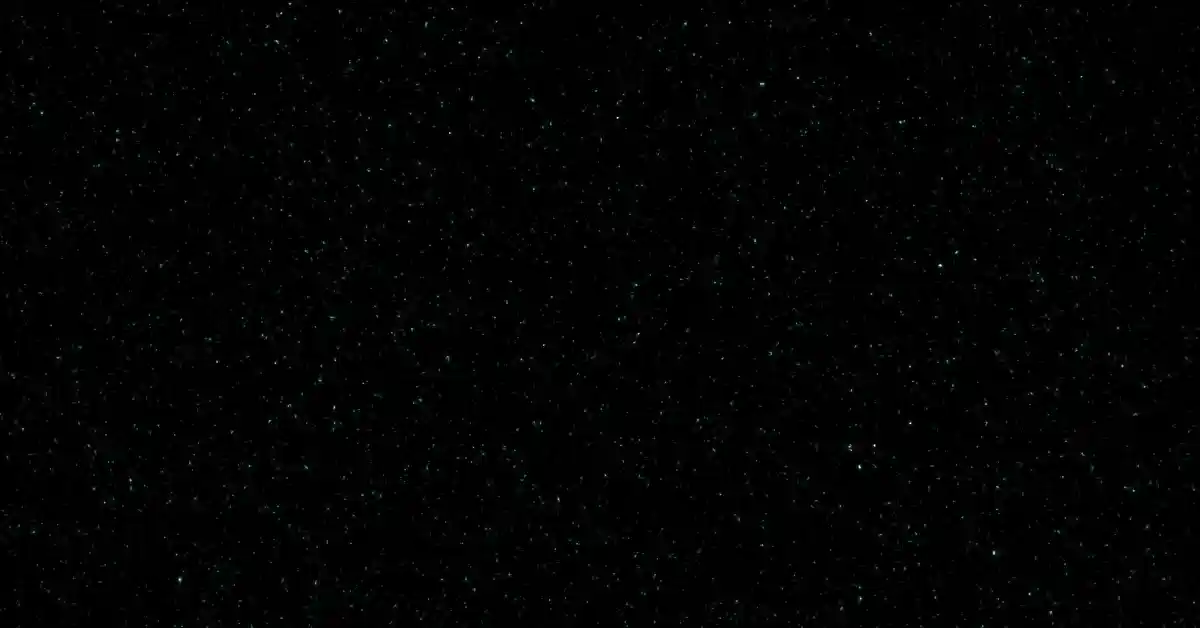Art
How to Make Colour Black: A Complete Guide

Introduction
So, what is black colour and how do you make it? Black is the darkest shade, often seen as the absence of visible light. In art, design, and everyday creativity, black is one of the most powerful colours. It symbolizes elegance, depth, and strength. But when it comes to mixing paints, inks, or digital shades, many wonder: how to make colour black? The answer depends on whether you are working with traditional paint, digital graphics, or even natural pigments.
In this guide, you’ll learn the history of black as a colour, different methods of creating it, and practical steps for artists, designers, and DIY enthusiasts.
1. Background: The Evolution of Black Colour
Black has been used since ancient times in art, fashion, and symbolism. Ancient Egyptians used black pigments from carbon soot, while the Greeks and Romans associated it with power and mourning. In the Middle Ages, black became a sign of authority, and in modern fashion, it stands for elegance and timeless style.
For artists, the ability to create black shades has always been crucial. Depending on the medium, different techniques evolved—from natural charcoal to synthetic inks and digital codes.
2. How to Make Colour Black – Basic Methods
Making black colour depends on the medium:
-
Paint: Mix complementary colours (red, blue, yellow) in equal parts.
-
Digital: Use RGB (0,0,0) or CMYK (100,100,100,100).
-
Natural Pigments: Burnt wood (charcoal), soot, or plant-based dyes.
3. Key Techniques in Different Mediums
Paint Mixing
-
Combine red + blue + yellow in equal amounts.
-
Adjust with more blue for cooler tones or more red for warmer tones.
Digital Colour (RGB & CMYK)
-
RGB Black: (0,0,0) – no light emitted.
-
CMYK Black: (C=100, M=100, Y=100, K=100).
Natural Pigments & Dyes
-
Charcoal dust mixed with oil or water.
-
Soot collected from burning wood or oil.
-
Plant dyes like logwood, darkened with iron salts.
4. Step-by-Step Guides to Mixing Black
For Paint:
-
Start with equal amounts of red, blue, and yellow.
-
Mix until a dark, rich colour forms.
-
Adjust tones depending on the shade you want.
For Digital:
-
Open any editing software.
-
Set RGB values to (0,0,0).
-
Save as a swatch for reuse.
For Natural Pigments:
-
Collect charcoal or soot.
-
Grind into a fine powder.
-
Mix with a binder (oil, gum arabic, or water).
5. Comparisons: Ready-Made Black vs. Mixed Black
| Type | Advantages | Disadvantages |
|---|---|---|
| Ready-Made Black | Consistent, easy to use | Can look flat, lacks depth |
| Mixed Black | Custom shades, more depth | Harder to replicate consistently |
6. Benefits of Mixing Black Yourself
-
Unique Shades: Customize tones for your artwork.
-
Depth: Mixed blacks often appear richer.
-
Creative Control: Adjust warmth or coolness as needed.
7. Reliability and Consistency in Colour Mixing
One challenge of making black is consistency. Artists often find that reproducing the same shade is difficult. That’s why professional paints often include pre-made black pigments for reliability.
8. Future Uses of Black in Design & Technology
Black continues to dominate in fashion, automotive design, and technology. New innovations like Vantablack—the darkest man-made black—show how science is pushing boundaries in colour creation.
9. Cost Considerations: Buying vs. Making Black
-
Buying: Cheaper and faster for beginners.
-
Making: Requires time but allows for custom shades.
-
Digital: Free and precise—only requires software.
10. Pros and Cons of DIY Black Colour
Pros:
-
Unique results
-
Artistic freedom
-
More depth and vibrancy
Cons:
-
Time-consuming
-
Hard to replicate
-
May require special materials
11. Conclusion: Is It Worth Making Your Own Black?
If you’re a beginner, buying black paint or using digital codes is the easiest option. But if you’re an artist or designer seeking depth and uniqueness, making black on your own can elevate your work. Whether through paints, natural pigments, or digital codes, knowing how to make colour black gives you complete creative control.
12. FAQs
Q1. What colours do I mix to make black paint?
Equal parts of red, blue, and yellow.
Q2. Can I make black digitally?
Yes, by setting RGB to (0,0,0).
Q3. What’s the difference between mixed and ready-made black?
Mixed black has more depth, while ready-made black is flat but consistent.
Q4. Are there natural ways to make black?
Yes, using charcoal, soot, or certain plant-based dyes.
Q5. What is the darkest black in the world?
Vantablack, a synthetic black that absorbs almost all light.

-

 Must Read4 months ago
Must Read4 months agoThe Truth Behind the Direct Fairways Lawsuit: What You Need to Know
-

 Business5 months ago
Business5 months agoTop Chartered Accountants Benefits: Guide, Tips, FAQs & More
-

 Tech4 months ago
Tech4 months agoblogsternation .com: Complete Beginner’s Guide, Benefits, and FAQs
-

 Tech3 months ago
Tech3 months agoHow to Upgrade Graphics Driver: Boost Speed, Fix Issues & Enhance Gaming
-

 Sports4 months ago
Sports4 months agoHow Many Quarters in Football? A Complete Guide to Game Structure and Timing
-

 Education5 months ago
Education5 months agoOxford Acceptance Rate: What It Means, Why It Matters, and How to Beat It
-

 Business4 months ago
Business4 months agoUnlocking the Truth About gomyfinance.com Credit Score
-

 Must Read4 months ago
Must Read4 months agoEscalade Must Have Accessories for the Ultimate Cadillac Experience




















